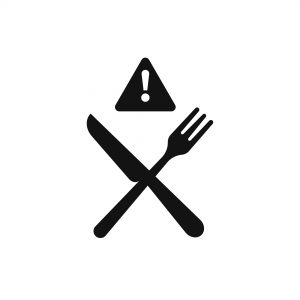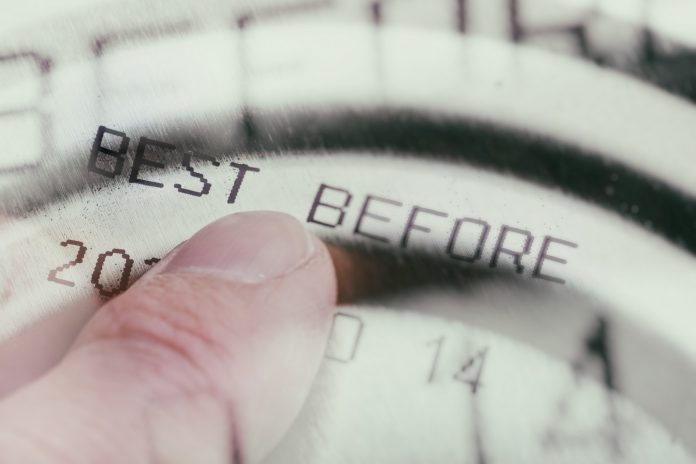 Today on World Food Safety Day (7 June), experts are drawing attention to confusing labelling.
Today on World Food Safety Day (7 June), experts are drawing attention to confusing labelling.
Dr Alison Jones, a food technologist from UNSW School of Chemical Engineering stresses the fact that ‘use by’ and ‘best before’ dates are very different.
“Food manufacturers are responsible for determining the type of date marked on their products to help give consumers a guide as to how long the food product will last before it deteriorates,” Dr Jones says.
“This is particularly important in determining the quality, nutrition and microbiological safety of food.”
What’s the difference between use-by vs best-before dates?
A use-by date indicates that the safety of the product cannot be guaranteed after the displayed date. Food should not be eaten after its use-by date, and it’s illegal for retailers to sell food after its use-by date for health and safety reasons.
Best-before dates indicate that the product may suffer some loss in quality after the displayed date- but should still be safe to eat. That’s provided its packaging is intact and/or it has been properly stored since food can spoil prematurely if it has been subjected to factors including temperature abuse, physical damage, broken packaging high humidity.
Most foods which display a best-before date should still be safe to eat for a little time after, and retailers can still sell food after the best-before date provided it’s still fit for human consumption.
How do companies determine these date markings?
They test the growth of any spoilage microbes, the loss of key nutrients, changes to food’s water activity or the physical, chemical or biochemical changes that alter the foods quality and safety.
If products require special storage conditions in order for the date markings to be effective, then manufacturers can provide specific storage condition statements on the packaging. This is compulsory in the case of a use-by date where specific storage is essential for the health and safety of the product – so it’s important to keep an eye out for these on food product packaging.
Some foods, such as canned products, don’t need to be labelled with either a use-by or a best-before, even though many do.
How long is food still safe to eat after its best before date?
It depends on the food itself – the best advice is to look for signs of deterioration, spoilage and/or damage such as mould, slime, rancidity, off-flavours or odours, staling, gas-production or broken packaging.









